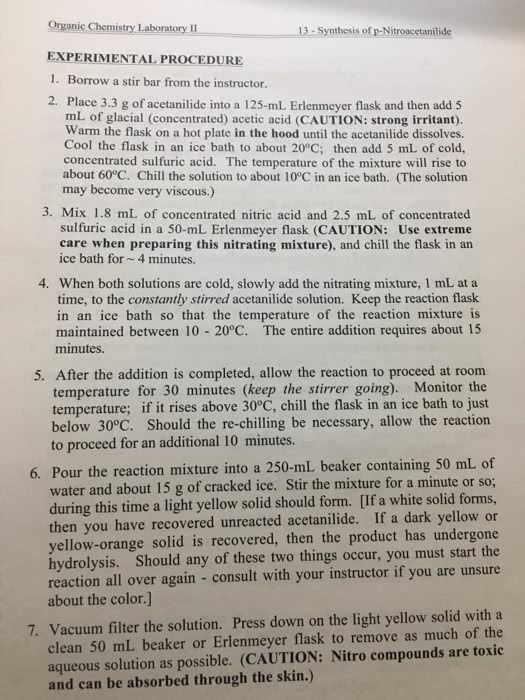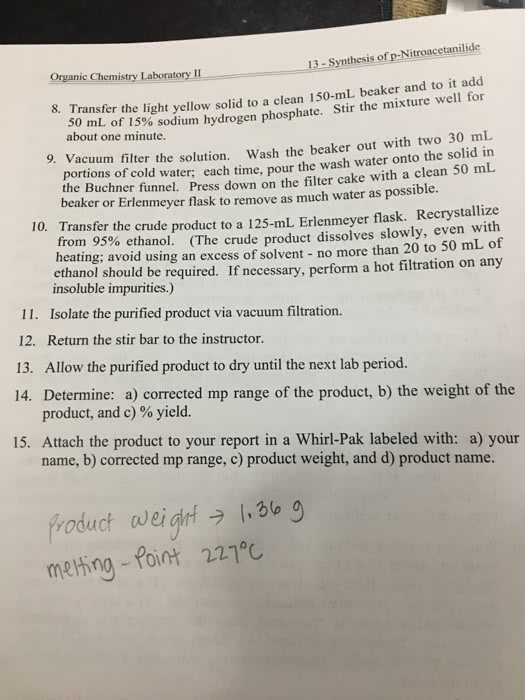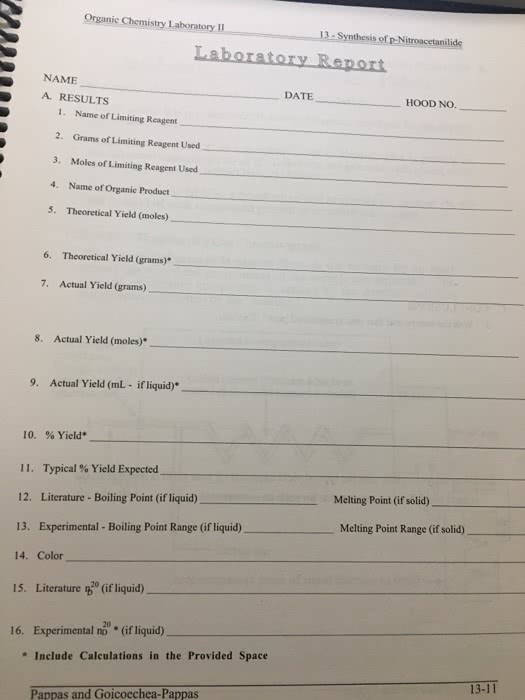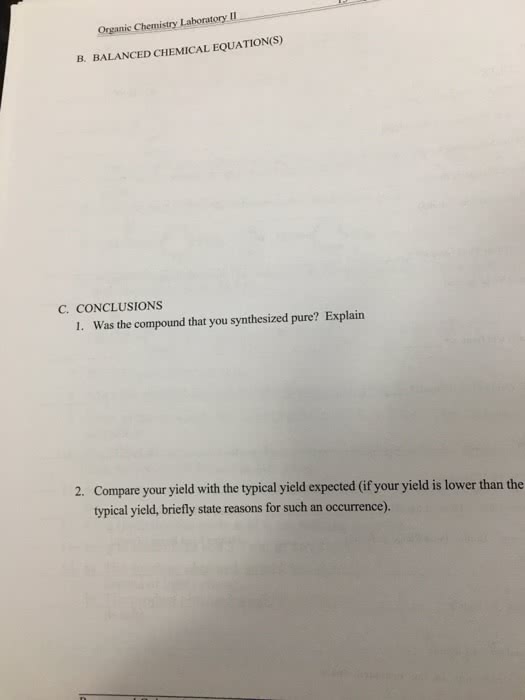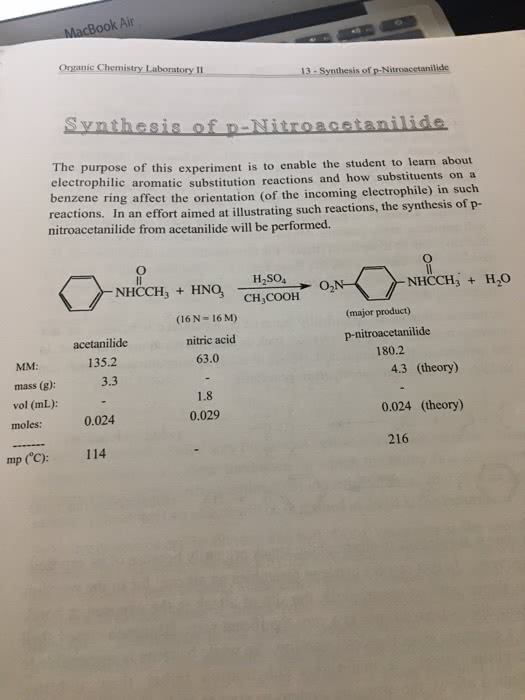Experiment 3: Charlesâ Law (Part 2)
Using the air in a flask, measure the change in volume with temperature.
Materials:
2-Hole Rubber stopper
250 mL Erlenmeyer flask
Thermometer
100 mL Graduated cylinder
10 mL Syringe
Syringe dispensing tip
*Microwave or stovetop
*Ice
*Water
*Water bath container
*You must provide
Procedure
Connect the syringe dispensing tip to the end of the syringe.
Set up your experiment by unscrewing the cap off the 250 mL Erlenmeyer flask. Then, press the 2-hole rubber stopper into the 250 mL Erlenmeyer flask. Push the thermometer into one of the holes in the stopper, and the syringe dispensing tip (connected to the syringe) in the remaining hole.
Create an ice water bath by filling an empty container (large enough to fit the 250 mL Erlenmeyer in it) with water and ice. The exact volumes do not matter.
Place the flask in the bath and allow the flask to cool to 0 °C (32 °F). You may need to pour additional ice around the flask to sufficiently decrease the temperature.
Monitor the temperature until the air reading in the flask is 0 °C.
Remove the flask from the ice bath and discard the ice/water from the bath container.
Allow the flask to warm to room temperature. As the flask warms up, record the volume on the syringe and the temperature on the thermometer in Table 4. The volume and temperature at room temperature are the initial (Time = 0) data. Note: The gas in the flask expands as it warms, slowly pushing the piston out of the syringe. The total volume of the gas in the system is equal to the volume of the flask plus the volume of the syringe.
Use the graduated cylinder to measure and add 100 mL of hot (but not boiling) water to the water bath container and place the flask in the warm water.
Continue to record the volume reading on the syringe and the temperature on the thermometer as the gas in the flask heats every five minutes for 30 minutes. Record your results in Table 4.
Table 4: Temperature vs. Volume Data
Syringe Volume (mL) and Temperature (°C) at Room Temperature (Step 7)
Time (minutes)
Temperature (°C)
Total Volume (mL)
0
5
10
15
20
25
Post-Lab Questions:
Graph your results as temperature vs. total volume. Draw a best-fit straight line through your data pointsand determine the formula for the line in Y = mx +b form. Donât forget to title your graph and label your axes. You may also use a graphing software program for more accurate data plots.
According to your graph, what would the total volume be at a temperature of 70 °C? 30 °C?
How do your results demonstrate Charlesâ Law? Use mathematical expressions to explain your answer.
Experiment 3: Charlesâ Law (Part 2)
Using the air in a flask, measure the change in volume with temperature.
| Materials: 2-Hole Rubber stopper | *Microwave or stovetop *You must provide | |
Procedure
Connect the syringe dispensing tip to the end of the syringe.
Set up your experiment by unscrewing the cap off the 250 mL Erlenmeyer flask. Then, press the 2-hole rubber stopper into the 250 mL Erlenmeyer flask. Push the thermometer into one of the holes in the stopper, and the syringe dispensing tip (connected to the syringe) in the remaining hole.
Create an ice water bath by filling an empty container (large enough to fit the 250 mL Erlenmeyer in it) with water and ice. The exact volumes do not matter.
Place the flask in the bath and allow the flask to cool to 0 °C (32 °F). You may need to pour additional ice around the flask to sufficiently decrease the temperature.
Monitor the temperature until the air reading in the flask is 0 °C.
Remove the flask from the ice bath and discard the ice/water from the bath container.
Allow the flask to warm to room temperature. As the flask warms up, record the volume on the syringe and the temperature on the thermometer in Table 4. The volume and temperature at room temperature are the initial (Time = 0) data. Note: The gas in the flask expands as it warms, slowly pushing the piston out of the syringe. The total volume of the gas in the system is equal to the volume of the flask plus the volume of the syringe.
Use the graduated cylinder to measure and add 100 mL of hot (but not boiling) water to the water bath container and place the flask in the warm water.
Continue to record the volume reading on the syringe and the temperature on the thermometer as the gas in the flask heats every five minutes for 30 minutes. Record your results in Table 4.
| Table 4: Temperature vs. Volume Data | |||
| Syringe Volume (mL) and Temperature (°C) at Room Temperature (Step 7) | Time (minutes) | Temperature (°C) | Total Volume (mL) |
| 0 | |||
| 5 | |||
| 10 | |||
| 15 | |||
| 20 | |||
| 25 | |||
Post-Lab Questions:
Graph your results as temperature vs. total volume. Draw a best-fit straight line through your data pointsand determine the formula for the line in Y = mx +b form. Donât forget to title your graph and label your axes. You may also use a graphing software program for more accurate data plots.
According to your graph, what would the total volume be at a temperature of 70 °C? 30 °C?
How do your results demonstrate Charlesâ Law? Use mathematical expressions to explain your answer.
For unlimited access to Homework Help, a Homework+ subscription is required.
Related textbook solutions
Basic Chemistry
Principles of Chemistry Molecular Approach
Chemistry: Structure and Properties
Principles of Chemistry Molecular Approach
Chemistry: A Molecular Approach
Chemistry: A Molecular Approach
Principles of Chemistry: A Molecular Approach
Chemistry: The Central Science
Related questions
Experiment 1: Calculating Rate of Reaction
In this experiment you will calculate the rate of reaction of potassium iodide and hydrogen peroxide. The order of the reaction will also be determined.
| Materials: 20 mL 3% Hydrogen peroxide, H2O2 | Stopwatch * You must provide *You must cut this piece of tubing into two, 12 inch pieces. (if you have not already done so). | |
Procedure
Preparation of Apparatus
Set up apparatus as shown in Figure 2. To do this, begin by labeling the Erlenmeyer Flasks as 1 and 2. The reaction will take place in Flask 1.
Fill Flask 2 approximately three quarters of the way full with water.
Press the 2-hole rubber stopper into the top of Flask 2. Place one three in. piece and one six in. piece of rigid tubing into each hole of the rubber stopper. This should create an airtight system.
Place the one-hole stopper on Flask 1, and fit the remaining 3 in. piece of rigid tubing in the stopper hole.
Connect Flask 1 and Flask 2 with the two, 12 in flexible tubing pieces. One piece should connect Flask 1 to Flask 2, and the second piece should connect Flask 2 to the graduated cylinder. The tubing which connects Flask 2 to the graduated cylinder should be positioned low enough to be immersed in the water in Flask 2.
| Figure 2: Apparatus set-up. Note this is a sample set-up and is not drawn to scale. Your specific equipment may vary slightly. |
Part A: Preparation of Reactants
Pour five mL of the IKI solution into a 10 mL graduated cylinder.
Add five mL of distilled water to the graduated cylinder to bring the total volume to 10 mL. This is the 0.5% - 1.0% (diluted) IKI solution.
Pour 15 mL of 3% H2O2 solution into a 100 mL beaker.
Add five mL of distilled water to this beaker and mix with a stir rod. This is the 2.25% (diluted) H2O2 solution.
Part B: Performing the Reaction
Remove the stopper from Flask 1 and place five mL of the 3% (undiluted) H2O2 solution and 10 mL of the undiluted IKI solution provided into the flask. Immediately replace the stopper on the flask.
Note: At this point, you should select an extra beaker (any volume) from your lab kit to use as an supplemental collection container beaker for Step 6. You do not need to use the beaker yet, but keep it in close proximity.
Swirl Flask 1 until you observe a steady dripping of water going into the 10 mL graduated cylinder. This could take 3 - 5 minutes. Check for leaks in the tubing or system if water does not start rising up the plastic tubing coming from Flask 2 and traveling towards the graduated cylinder within one minute.
Stop swirling Flask 1 when you notice the steady flow of water droplets. When you stop, the water drop -rate will significantly decrease (to around one drop every 5 - 20 seconds) and could take a few minutes to stabilize. If a steady flow of drops of water does not occur within a few minutes, swirl Flask 1 for 1 more minute and check again. Repeat this process until there is a steady flow of drops of water after you have stopped swirling Flask 1.
Quickly empty liquid that has collected in the 10 mL graduated cylinder and replace the empty cylinder back under the flexible tubing.
Allow the flow of drops to become steady again. This could take 1 - 3 mL of water.
Start timing once the drop rate is steady and the volume of water collected is at a whole number (such as three mL). Record the time in Table 1 each time 2 mL of is water displaced. Continue taking data until you have at least 10 data points (20 mL displaced).
Note: Use the extra beaker (located in Part B: Step 1) to collect additional fluid when the volume of displaced water exceeds 10 mL.
Return the collected water from your 10 mL graduated cylinder to Flask 2. Ensure the seal is air tight.
Empty, clean and dry Flask 1 and the graduated cylinder.
Repeat Steps 1 - 8 for the following trial conditions: 5 mL 3% (undiluted) H2O2 mixed with 10 mL of 0.5%-1.0% IKI solution (placed in Flask 1); and, 5 mL of 2.25% H2O2 mixed with 10 mL of 1.0%-2.0% IKI solution (placed in Flask 1). Record the data in Table 2 and Table 3, respectively.
Note: Clean the graduated cylinder and extra collection beaker before it is used to measure any additional reagents for Trial 2 or Trial 3; and, before it is used for collecting the water from the reaction in the apparatus.
Use a graphing software program to make a graph of each trial. The graph should demonstrate the relationship formed between time vs. mL of water displaced.
Find and record the slope and the inverse slope for each trial.
| Table 1: 10 mL Undiluted (1.0 -2.0%) IKI and 5 mL 3% H2O2 | |
| mL water displaced | Time (seconds) |
| 2 | |
| 4 | |
| 6 | |
| 6 | |
| 8 | |
| 10 | |
| 12 | |
| 14 | |
| 16 | |
| 18 | |
| 20 | |
| 22 | |
| Slope: | |
| Inverse Slope: | |
| Table 2: 10 mL Diluted (0.5-1.0% IKI) and 5 mL 3% H2O2 | |
| mL water displaced | Time (seconds) |
| 2 | |
| 4 | |
| 6 | |
| 6 | |
| 8 | |
| 10 | |
| 12 | |
| 14 | |
| 16 | |
| 18 | |
| 20 | |
| 22 | |
| Slope: | |
| Inverse Slope: | |
| Table 3: 10 mL Undiluted (1.0 -2.0%) IKI and 5 mL 2.25% H2O2 | |
| mL water displaced | Time (seconds) |
| 2 | |
| 4 | |
| 6 | |
| 6 | |
| 8 | |
| 10 | |
| 12 | |
| 14 | |
| 16 | |
| 18 | |
| 20 | |
| 22 | |
| Slope: | |
| Inverse Slope: | |
Calculations
Post-Lab Questions
1. Determine the order of the KI in this reaction.
2. Determine the order of the H2O2 in this reaction.
3. Calculate the rate law constant.
4. What is the overall rate law?
5. When finding the order of H2O2, why was Trial 1 and Trial 3 used?
6. When finding the order of KI, why was Trial 1 and Trial 2 used?
7. Research and identify some alternative catalysts that could be used to accelerate the decomposition of hydrogen peroxide. Evaluate these catalysts and determine which option is

